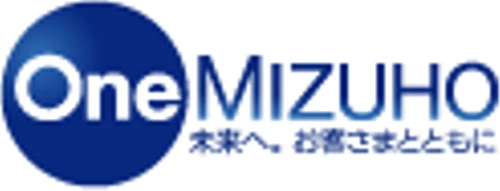- Home
- ICE vs MFG Comparison
ICE vs MFG Comparison
Compare ICE & MFG Stocks: Price Trends, ML Decisions, Charts, Trends, Technical Analysis and more.
- Machine Learning Prediction
- ML Decision
- ICE
- MFG
- Stock Information
- Founded
- ICE 2000
- MFG 2003
- Country
- ICE United States
- MFG Japan
- Employees
- ICE N/A
- MFG N/A
- Industry
- ICE Investment Bankers/Brokers/Service
- MFG Major Banks
- Sector
- ICE Finance
- MFG Finance
- Exchange
- ICE Nasdaq
- MFG Nasdaq
- Market Cap
- ICE 86.5B
- MFG 82.4B
- IPO Year
- ICE 2005
- MFG 2000
- Fundamental
- Price
- ICE $156.83
- MFG $7.11
- Analyst Decision
- ICE Strong Buy
- MFG
- Analyst Count
- ICE 10
- MFG 0
- Target Price
- ICE $194.70
- MFG N/A
- AVG Volume (30 Days)
- ICE 3.8M
- MFG 2.8M
- Earning Date
- ICE 10-30-2025
- MFG 11-14-2025
- Dividend Yield
- ICE 1.23%
- MFG 1.08%
- EPS Growth
- ICE 30.10
- MFG 22.89
- EPS
- ICE 5.49
- MFG 2.72
- Revenue
- ICE $9,750,000,000.00
- MFG $26,754,387,208.00
- Revenue This Year
- ICE $7.81
- MFG N/A
- Revenue Next Year
- ICE $5.64
- MFG $7.36
- P/E Ratio
- ICE $28.47
- MFG $12.73
- Revenue Growth
- ICE 6.48
- MFG 10.48
- 52 Week Low
- ICE $142.29
- MFG $4.04
- 52 Week High
- ICE $189.35
- MFG $7.12
- Technical
- Relative Strength Index (RSI)
- ICE 55.89
- MFG 64.15
- Support Level
- ICE $152.22
- MFG $6.45
- Resistance Level
- ICE $155.35
- MFG $6.66
- Average True Range (ATR)
- ICE 2.50
- MFG 0.13
- MACD
- ICE 1.14
- MFG 0.02
- Stochastic Oscillator
- ICE 97.32
- MFG 97.76
About ICE Intercontinental Exchange Inc.
Intercontinental Exchange is a vertically integrated operator of financial exchanges and provides ancillary data products. Though the company is probably best known for its ownership of the New York Stock Exchange, which it acquired in 2013, ICE operates a large derivatives exchange, too. The company's largest commodity futures product is the ICE Brent crude futures contract. In addition to the exchanges business, which is about 54% of net revenue, Intercontinental Exchange has used a series of acquisitions to create its mortgage technology business (22% of net revenue) and fixed-income and data services segment (24% of net revenue).
About MFG Mizuho Financial Group Inc. Sponosred ADR (Japan)
Mizuho Financial Group is roughly tied with megabank peer Sumitomo Mitsui Financial Group for the status as Japan's second-largest bank after Mitsubishi UFJ Financial Group. As of March 2024, Mizuho's market share of domestic loans was 6.8%, compared with 7.2% for SMFG and 8.0% for MUFG. In Japan, Mizuho has more of a corporate focus than SMFG, which has a larger retail business. Its overseas weighting is slightly smaller than that of MUFG. Unlike its two Japanese megabank peers, which own foreign banks outright or hold noncontrolling stakes in local banks overseas, Mizuho expanded in recent years beyond its traditional Japanese borrowers, mainly through its core banking and securities units, focusing on the financing needs of global multinational corporations.

